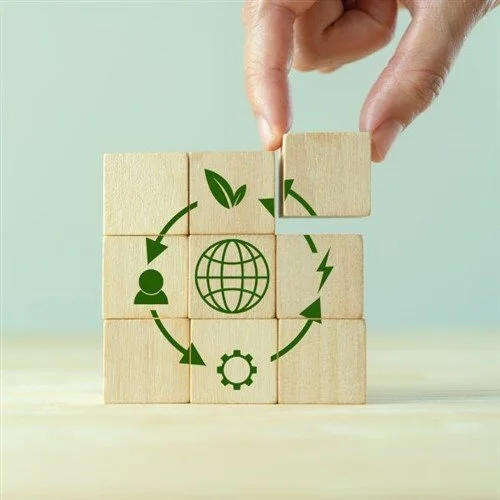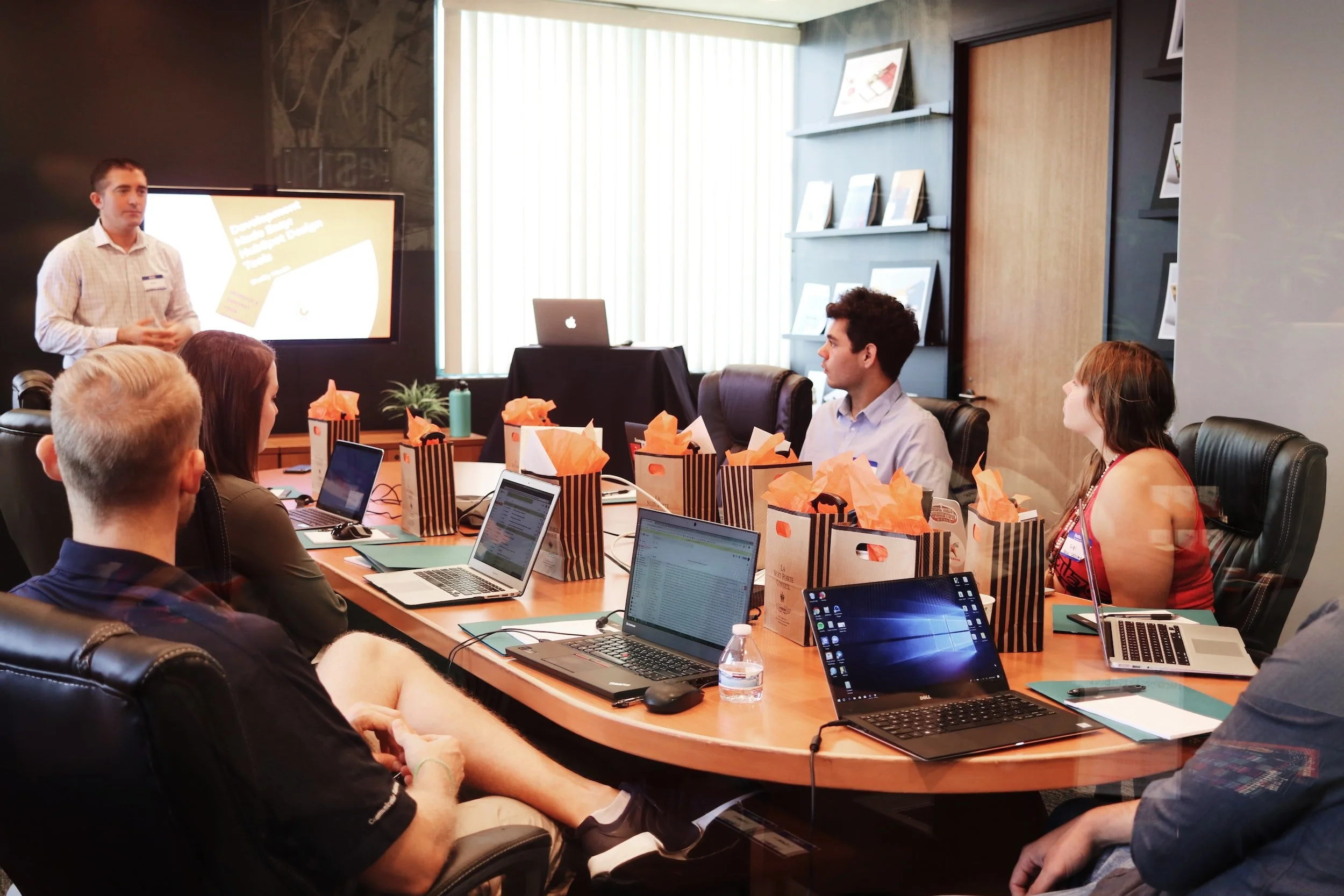In the contemporary landscape, the term "circular economy" has become omnipresent, however, behind this familiar expression lies a conceptual structure that is not always apparent to everyone. This article aims to delve into the foundational elements of the Butterfly Diagram.
Read MoreRaworth's theory (2017) aims to harmonize human needs with planetary limits. The model visualizes a social foundation (inner ring) securing essentials like food and healthcare, while advocating for an ecological ceiling (outer ring) to prevent environmental overreach.
Read MoreThe development of economies is seen as more relevant than ever, as the Covid-19 crisis and the Russian invasion of Ukraine have led economists and the public of Europe to question whether we are moving into a recession. Instead of worrying about the economic repercussions of the crises, this is a possibility to restructure our economy using a circular model, designing an economy that is prepared for the future.
Read MoreThe awareness of the negative impact of the fashion industry and the desire for newness is a paradox many, including myself, have tried to compromise. Upcycling is a fun way to express creativity and personal style through clothing and as a student.
Read MoreIt almost sounds too good to be true – For around 40 dkk I can offset the carbon emissions of my flight from Copenhagen to my parent’s place in Hamburg [1]. Some airlines even offer to pay this offset for me, allowing me to travel comfortably within 30 minutes to my home city - apparently without having to feel bad about my carbon footprint for this climate-unfriendly short-distance flight.
Read MoreCryptocurrency has become all the rage in recent years, and the means of performing online financial transactions has revolutionized the payment system. Yet, at what cost?
Read MoreOur society is facing rising ecological, social and economic challenges: Global resource consumption exceeds the capacities of our planet (McLellan, Iyengar, Jeffries, & Oerlemans, 2014), government debts have increased to the highest level since World War II (Yared, 2019) and in the social sphere prevail problems such as a rising inequality (Piketty, 2015) and the increasingly observable crossing of psychological boundaries, e.g. through the acceleration of the individual living environment (Rosa et al., 2016).
Read MoreAccording to EPA, the electricity sector accounted for about 27 percent of all greenhouse gas emissions in 2018.[1] As business students, we must help drive sustainable changes forward in energy markets to ensure a rapid, but also smooth, transition to renewable energy. To foster an efficient green transition, it requires people with expert knowledge on how energy markets work and what policy tools are more effective to regulate the energy sector to ensure affordable, clean energy. In this article, we zoom in on the course ‘Sustainability and Business: Energy Markets, Competition, and Regulation’ and ask student Sara Romby about her experiences with the course.
Read More












